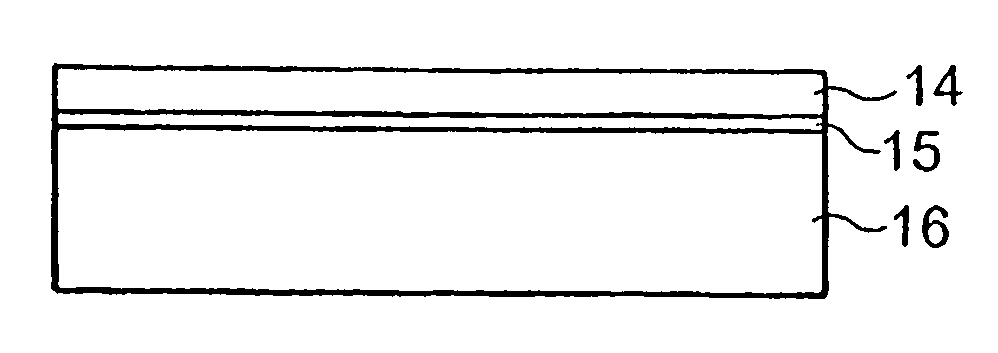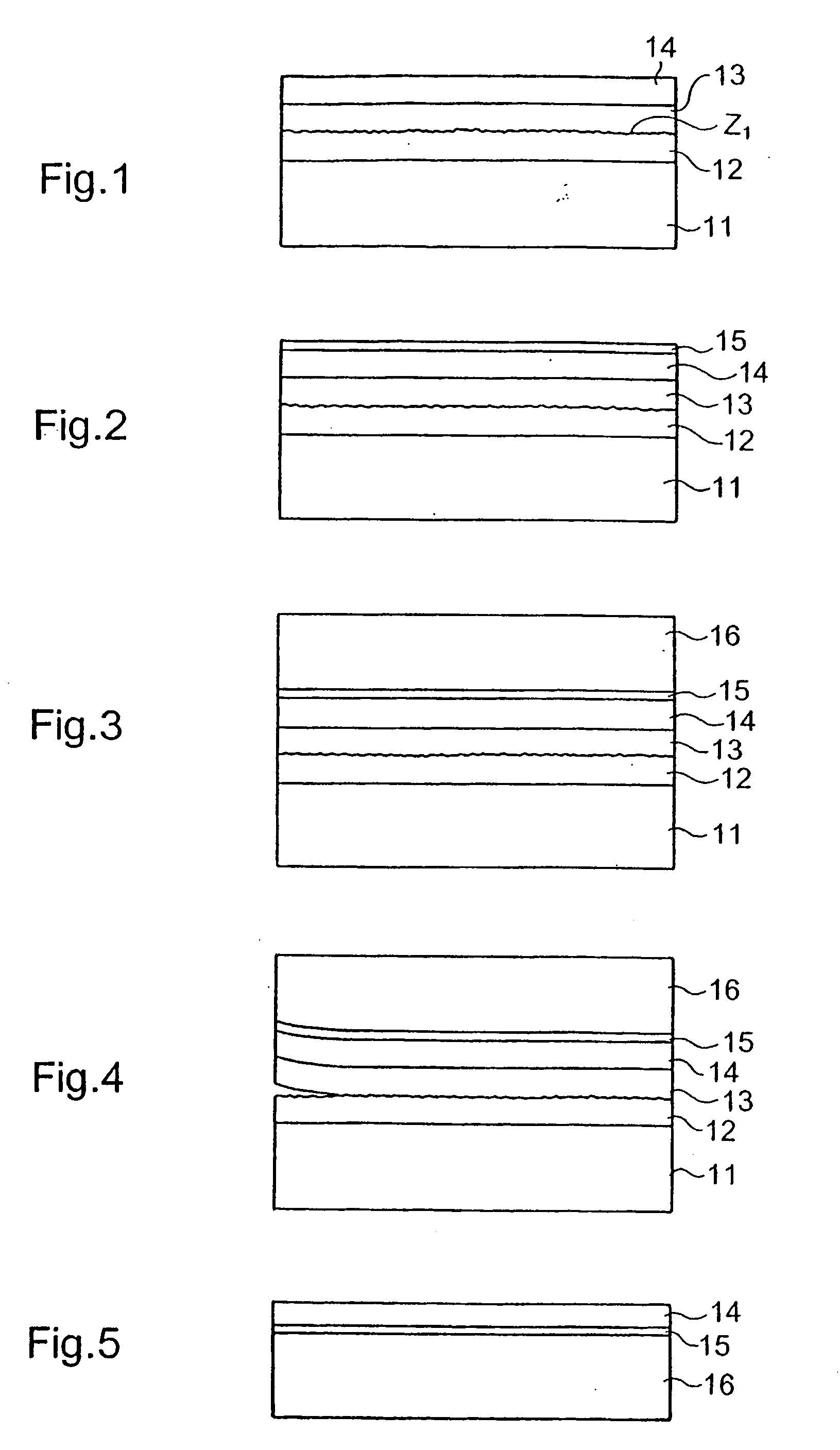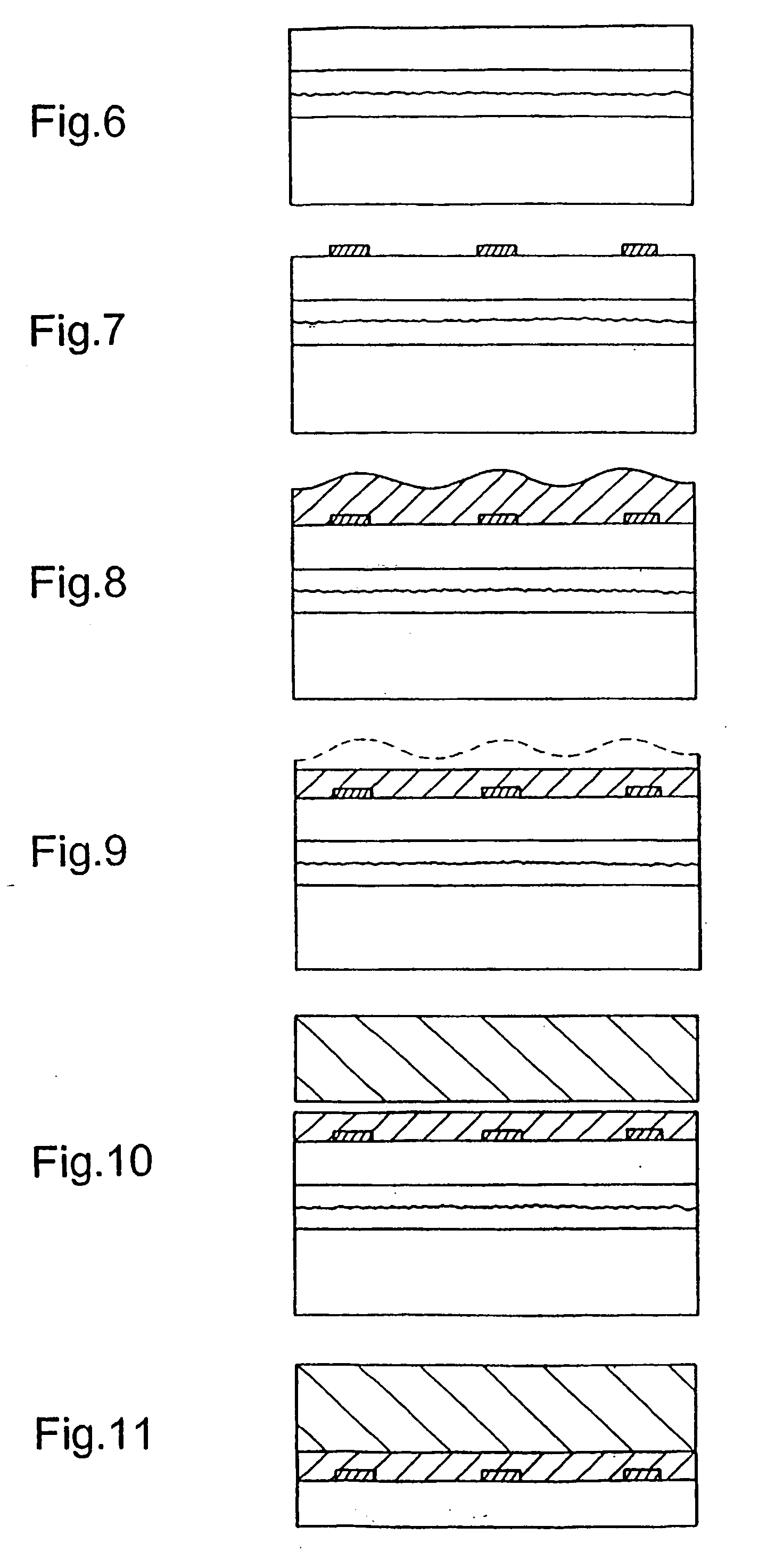Detachable substrate with controlled mechanical hold and method for production thereof
a technology of mechanical hold and detachable substrate, which is applied in the direction of microstructural technology, electrical equipment, solid-state devices, etc., can solve the problems of excessive cost of original substrate beneficial to the production of components, inability to transfer to another support, and inability to meet the requirements of production
- Summary
- Abstract
- Description
- Claims
- Application Information
AI Technical Summary
Benefits of technology
Problems solved by technology
Method used
Image
Examples
Embodiment Construction
[0075] The preferred examples selected for the detailed description primarily relate to silicon, which is generally available in the form of round substrates, for example of 200 mm diameter. These methods transfer readily to other systems characterized in particular by materials other than silicon, in a nonlimiting manner and without departing from the scope of the invention.
[0076] Some embodiments of the method according to the invention tend to encourage lifting of the layer off its substrate at the overall level, i.e. on the scale of the whole of the substrate, while others tend to lift off delimited fragments.
[0077] For producing a detachable SOI substrate, examples of SiO.sub.2 / SiO.sub.2 and Si / SiO.sub.2 bonding are considered. In the case of layers of different kinds (Si.sub.3N.sub.4 is another conventional example, but there are also silicides), and by analogy with what is described hereinafter, it suffices to use appropriate chemical treatment (for example NH.sub.4OH / H.sub.2...
PUM
 Login to View More
Login to View More Abstract
Description
Claims
Application Information
 Login to View More
Login to View More - R&D
- Intellectual Property
- Life Sciences
- Materials
- Tech Scout
- Unparalleled Data Quality
- Higher Quality Content
- 60% Fewer Hallucinations
Browse by: Latest US Patents, China's latest patents, Technical Efficacy Thesaurus, Application Domain, Technology Topic, Popular Technical Reports.
© 2025 PatSnap. All rights reserved.Legal|Privacy policy|Modern Slavery Act Transparency Statement|Sitemap|About US| Contact US: help@patsnap.com



